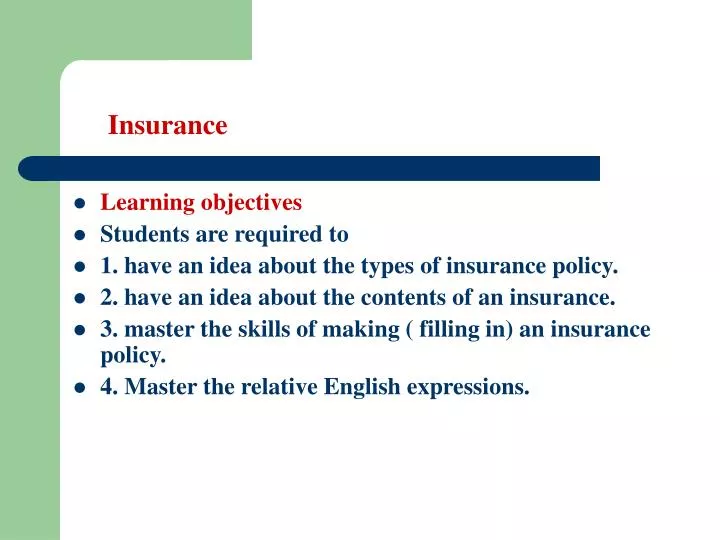About Pacific Prime
The Facts About Pacific Prime Uncovered
Table of ContentsPacific Prime for BeginnersSome Ideas on Pacific Prime You Need To KnowMore About Pacific PrimeLittle Known Facts About Pacific Prime.See This Report on Pacific Prime

This is since the information were accumulated for a period of strong economic performance. Of the approximated 42 million people that were uninsured, almost regarding 420,000 (regarding 1 percent) were under 65 years old, the age at which most Americans become qualified for Medicare; 32 million were grownups between ages 18 and 65, about 19 percent of all adults in this age; and 10 million were children under 18 years old, about 13.9 percent of all children (Mills, 2000).
These quotes of the number of individuals uninsured are created from the yearly March Supplement to the Present Population Study (CPS), performed by the Demographics Bureau. Unless or else noted, national quotes of individuals without medical insurance and percentages of the population with different type of insurance coverage are based upon the CPS, the most widely made use of source of price quotes of insurance coverage and uninsurance rates.
Facts About Pacific Prime Revealed

Still, the CPS is specifically helpful due to the fact that it produces yearly price quotes fairly rapidly, reporting the previous year's insurance coverage approximates each September, and because it is the basis for a consistent collection of quotes for greater than two decades, permitting for evaluation of trends in protection with time. For these factors, as well as the comprehensive use of the CPS in other research studies of insurance policy protection that exist in this record, we depend on CPS quotes, with limitations kept in mind.

The quote of the number of uninsured individuals broadens when a population's insurance status is tracked for a number of years. Over a three-year duration starting early in 1993, 72 million individuals, 29 percent of the united state populace, were without protection for at the very least one month. Within a single year (1994 ), 53 million individuals experienced a minimum of a month without coverage (Bennefield, 1998a)
Six out of every 10 without insurance grownups are themselves utilized. Working does enhance the possibility that one and one's household members will have insurance policy, it is not a warranty. Also participants of family members with two permanent breadwinner have nearly a one-in-ten chance of being without insurance (9.1 percent without insurance rate) (Hoffman and Pohl, 2000).
Some Known Incorrect Statements About Pacific Prime
New immigrants account for a substantial proportion of people without medical insurance. One analysis has actually attributed a considerable part of the current growth in the dimension of the U.S. uninsured populace to immigrants that arrived in the nation between 1994 and 1998 (Camarota and Edwards, 2000). Recent immigrants (those that concerned the United States within the previous four years) do have a high price of being without insurance (46 percent), but they and their children make up simply 6 percent of those without insurance coverage across the country (Holahan et al., 2001).
The relationship between medical insurance and accessibility to care is well established, as recorded later in this phase. The partnership between health and wellness insurance policy and health end results is neither straight nor straightforward, an extensive professional and health and wellness services study literature web links health insurance policy coverage to enhanced accessibility to care, much better find here high quality, and improved individual and population health standing.
Degrees of evaluation for checking out the effects of uninsurance. This conversation of medical insurance protection concentrates largely on the united state population under age 65 since virtually all Americans 65 and older have Medicare or various other public protection. Furthermore, it focuses especially on those with no health insurance policy for any size of time.
Pacific Prime Fundamentals Explained
The problems encountered by the underinsured remain in some aspects similar to those faced by the uninsured, although they are typically much less serious. international travel insurance. Uninsurance and underinsurance, nonetheless, include noticeably different policy concerns, and the methods for resolving them may differ. Throughout this study and the five records to comply with, the major focus is on persons without any health and wellness insurance coverage and hence no assistance in spending for health and wellness care past what is available with charity and safeguard institutions
Health insurance policy is a powerful factor impacting receipt of care due to the fact that both clients and physicians react to the out-of-pocket rate of solutions - https://www.pageorama.com/?p=pacificpr1me. Medical insurance, however, is neither required neither adequate to gain accessibility to medical solutions. The independent and direct impact of wellness insurance policy coverage on access to wellness services is well established.
Others will certainly obtain the health care they require also without health and wellness insurance policy, by paying for it expense or seeking it from providers who provide treatment free or at very subsidized prices. For still others, medical insurance alone does not make certain receipt of care because of other nonfinancial barriers, such as an absence of health treatment providers in their area, minimal access to transportation, illiteracy, or linguistic and social distinctions.
The Greatest Guide To Pacific Prime
Official research study regarding without insurance populations in the United States dates to the late 1920s and very early 1930s when the Committee on the Price of Treatment created a collection of records about financing doctor workplace gos to and hospitalizations. This problem came to be significant as the varieties of medically indigent climbed during the Great Anxiety.